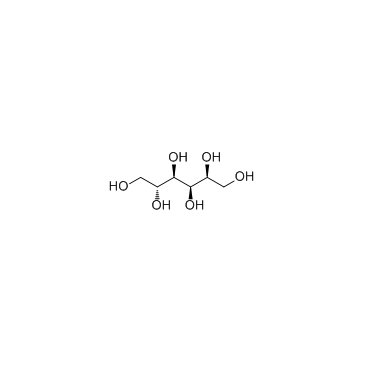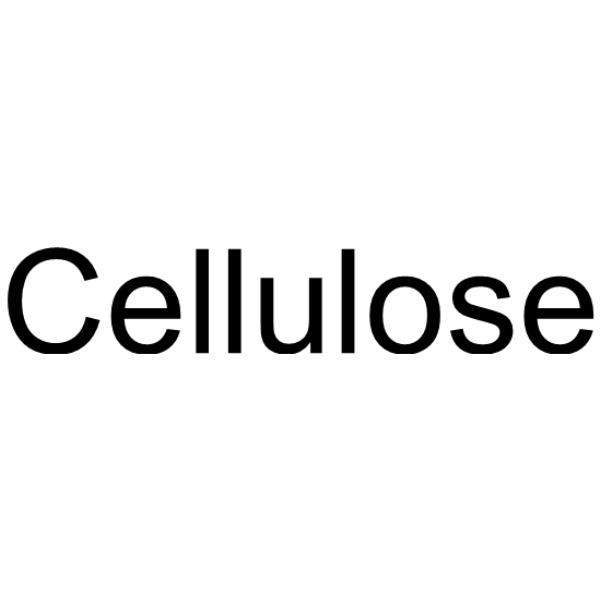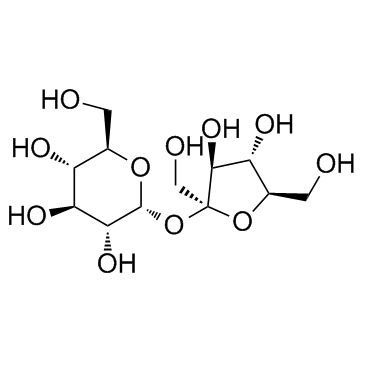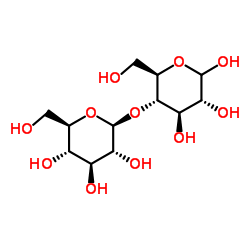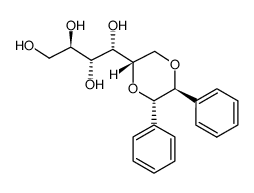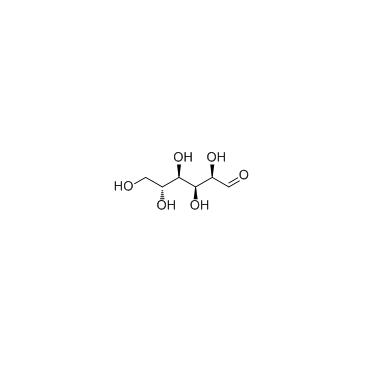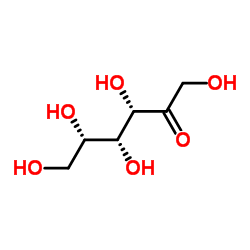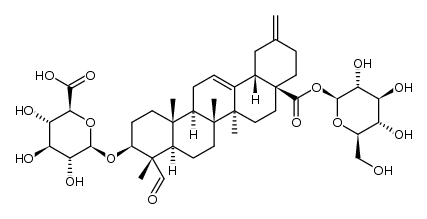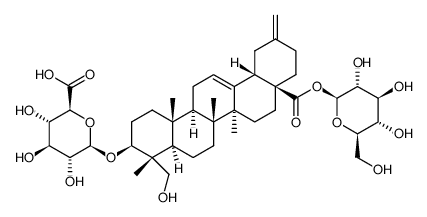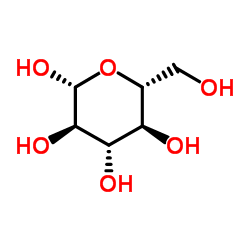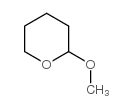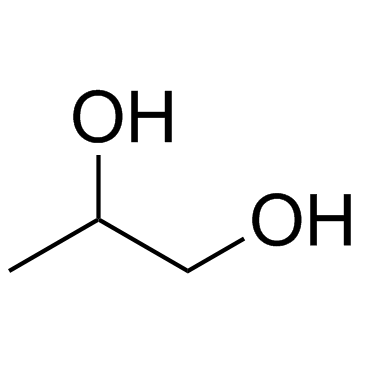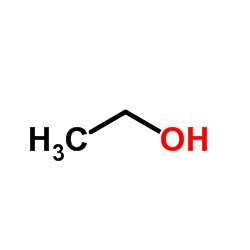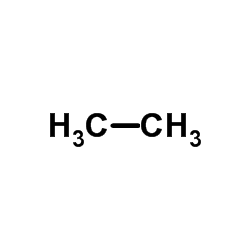50-70-4
| Name | D-glucitol |
|---|---|
| Synonyms |
Sorbitol
D-Sorbitol T2 T4 HEXADIENAL EINECS 200-061-5 MFCD00004708 2,4-HEXADIEN-1-AL trans,trans-hexa-2,4-dienal trans,trans-2,4-Hexadienal n-Hex-2,4-dienal hexa-2,4-dienal sorbic aldehyde (2R,3R,4R,5S)-Hexane-1,2,3,4,5,6-hexaol sorbaldehyde |
| Description | D-Sorbitol is a sugar alcohol that is commonly used as a sugar substitute.Target: OthersD-Sorbitol occurs naturally and is also produced synthetically from glucose. The food industry uses D-sorbitol as an additive in the form of a sweetener, humectant, emulsifier, thickener, or dietary supplement. D-Sorbitol has also been found in cosmetics, paper, and pharmaceuticals. Naturally, D-sorbitol occurs widely in plants via photosynthesis, ranging from algae to higher order fruits of the family Rosaceae. From Wikipedia. |
|---|---|
| Related Catalog | |
| Target |
Human Endogenous Metabolite |
| References |
| Density | 1.6±0.1 g/cm3 |
|---|---|
| Boiling Point | 494.9±0.0 °C at 760 mmHg |
| Melting Point | 98-100 °C (lit.) |
| Molecular Formula | C6H14O6 |
| Molecular Weight | 182.172 |
| Flash Point | >100°C |
| Exact Mass | 182.079041 |
| PSA | 121.38000 |
| LogP | -4.67 |
| Vapour density | <1 (vs air) |
| Vapour Pressure | <0.1 mm Hg ( 25 °C) |
| Index of Refraction | 1.597 |
CHEMICAL IDENTIFICATION
HEALTH HAZARD DATAACUTE TOXICITY DATA
MUTATION DATA
|
| Personal Protective Equipment | Eyeshields;Gloves;type N95 (US);type P1 (EN143) respirator filter |
|---|---|
| Hazard Codes | Xi |
| Risk Phrases | 36/37/38 |
| Safety Phrases | S8 |
| RIDADR | NONH for all modes of transport |
| WGK Germany | 2 |
| RTECS | LZ4290000 |
| HS Code | 2905440000 |
| Precursor 10 | |
|---|---|
| DownStream 9 | |
| HS Code | 2905440000 |
|---|

